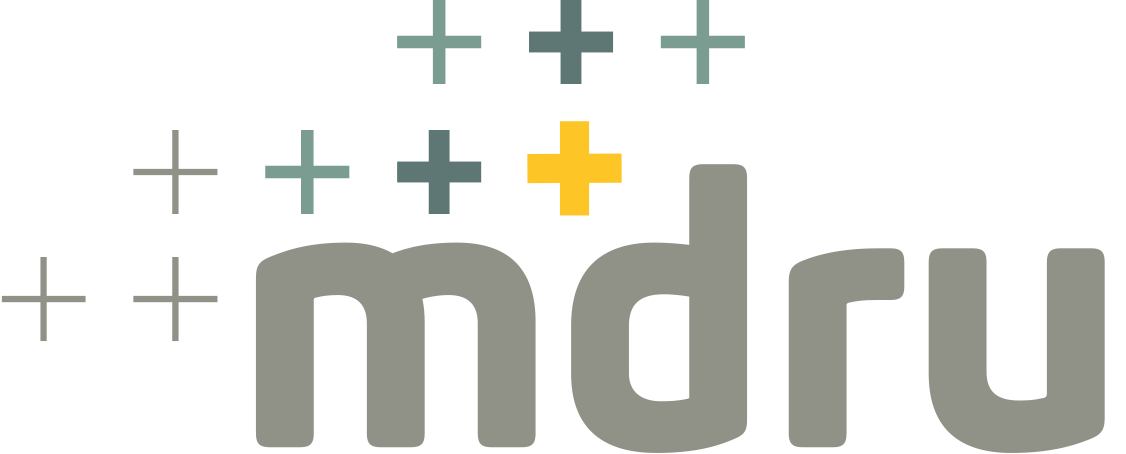Project Information
- Ore Deposit: Porphyry
- Commodity: Copper
- Research Themes: Copper, Exploration Methods
- Location: Highland Valley Copper Mine, BC
- Project Status: Completed
- Start Date: 2014
- End Date: 2018
The NSERC-CMIC Footprints Copper sub-project characterized the numerous detectable components that comprise the footprint around the large Highland Valley Copper porphyry system in British Columbia, and produced an integrated, multi-parameter footprint model for porphyry copper systems. The project is part of the NSERC-CMIC Footprints research network, one of the largest mineral exploration research project ever run in Canada. MDRU was a co-leader of this project.
The CMIC-Copper project characterized the numerous detectable components that comprise the footprint around the large Highland Valley Copper (HVC) porphyry system.
The mineralization that comprise the many deposits within the system are within a granitoid batholithic complex in a structurally-complex setting. Research will focus on:
- defining the alteration, geochemical, mineralogical and petrophysical footprint patterns that could provide vectors towards the centre of the system;
- identifying the features of the distal alteration halo and discerning its outermost detectable limit beyond the economic mineralized zones;
- investigating the geophysical signatures of the system and its footprint characteristics through refined analysis and modeling of existing and new geophysical surveys,
- establishing links between observable, analytical and remotely detectable features such as petrophysical characteristics of different alteration types;
- establishing derivative responses of footprint features in the overlying surficial environment, and
- using the above results to produce an integrated multi-parameter footprint model for porphyry copper systems.
MDRU had responsibility for several aspects:
Data Integration
In addition to acquiring baseline geological information, MDRU coordinated new geologically-controlled sampling and data acquisition to ensure a consistent approach to data collection. Robert Lee has the main goal task to integrate the geological, structural, mineralogical, geochemical, geophysical, and physical rock property data for the HVC area – essential for the creation of a constrained 3D geological model which will provide a foundation of other data sets.
Publications
Geophysical inversion contributions to mineral exploration: Lessons from the Footprints project
Marc Alexandre Vallée; , William A. Morris, Stéphane Perrouty; , Robert G. Lee, Ken Wasyliuk, Julia J. King, Kevin Ansdell, Reza Mir, Pejman Shamsipour, Colin Farquharson, Michel Chouteau, Randolph J Enkin, Richard S. Smith https://www.nrcresearchpress.com/doi/10.1139/cjes-2019-0009#.XMXP87h7mM8
Architecture of the Highland Valley Porphyry Copper System Through Time
This PhD Guillaume Lesage at MDRU (paralleled by Kevin Byrne at the UAlberta) developed the understanding of the Highland Valley hydrothermal system and its geological architecture. Project focused on geological mapping and reconstruction of the intrusive system to establish the geological, structural and alteration framework of the host rocks and establish the controls on fluid flow.
Publications
Interpreting regional 3D fault networks from integrated geological and geophysical data sets: An example from the Guichon Creek batholith, British Columbia
G Lesage, K Byrne, WA Morris, RJ Enkin, RG Lee, R Mir, CJR Hart
Journal of Structural Geology 119, 93-106
Variability of outcrop magnetic susceptibility and its relationship to the porphyry Cu centers in the Highland Valley Copper district.
K Byrne, G Lesage, WA Morris, RJ Enkin, SA Gleeson, RG Lee
Ore Geology Reviews 107, 201-217
Petrogenesis and magmatic evolution of the Guichon Creek batholith: Highland Valley porphyry Cu±(Mo) district, south-central British Columbia
M D’Angelo, A Miguel, P Hollings, K Byrne, S Piercey, RA Creaser
Economic Geology 112 (8), 1857-1888
Large-Scale Sodic-Calcic Alteration Around Porphyry Copper Systems: Examples from the Highland Valley Copper District, Guichon Batholith, South-Central British Columbia
K Byrne, G Lesage, SA Gleeson, RG Lee
Geoscience BC Summary of Activities 2016, 213-222
Geoscience BC
Surficial Geochemistry
An MSc study by Rachel Chouinard assessed the geochemical footprint of buried mineralization utilizing a range of conventional and unconventional geochemical and microbiological techniques and evaluated the responses in the glacial till in conjunction with the ongoing geological and lithogeochemical studies.
Surficial geochemical tools for Cu-Mo porphyry exploration in till-covered terrain
Rachel L.M. Chouinard, MSc thesis, 2018
Download pdf from UBC Circle https://open.library.ubc.ca/cIRcle/collections/ubctheses/24/items/1.0370934
Publications
For more information on the NSERC-CMIC Industrial Research Network, visit: cmic-footprints.laurentian.ca




